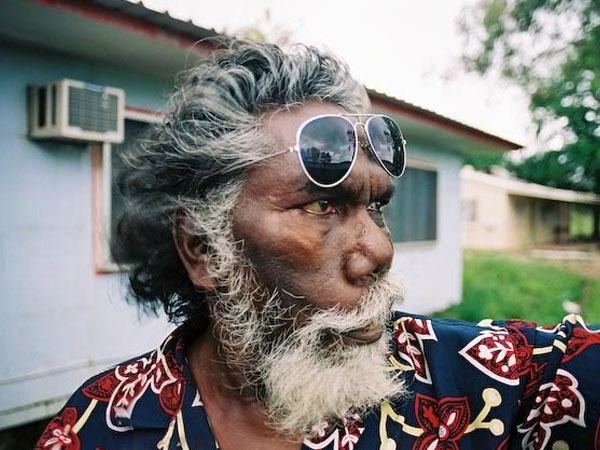By Joshua Bell
My journey as a filmmaker and as a human being is reflected in the crafting of the documentary, In Between Songs. Over the course of nearly twelve years since I first visited Arnhem Land, much has happened, both to me and to the Gurruwiwi family. In Between Songs is a tiny 87 minute window into a vast and complex cultural landscape.
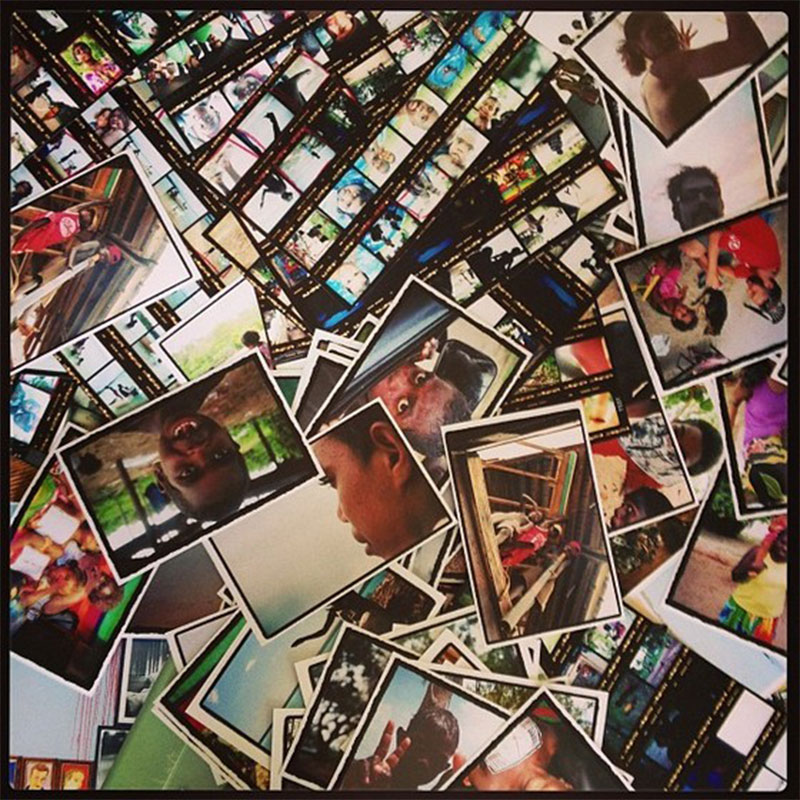
I grew up in Minneapolis, Minnesota and witnessed the complexity of Native American issues at a young age, as Minnesota has large numbers of Ojibwe and Sioux. My mother took me to pow-wows and the music and dances resonated with me on a profound level. But there was still an educational disconnect. At that time in grade school, we weren’t taught anything about the genocide that took place in the United States when the Europeans arrived. As kids, we played Cowboys and Indians and thought nothing of it.
I first heard the sound of the didjeridu at around eight years old when I saw The Right Stuff. In the movie, Dennis Quaid travels to a satellite radio station in Western Australia to communicate with John Glenn’s Apollo capsule on the other side of the earth. Here, Quaid encounters David Gulpilil, who leads the clan in didjeridu and song around the fire. Sparks from the bonfire fly up to the space capsule, while the sounds of the didjeridu resonate. The scene is magical.
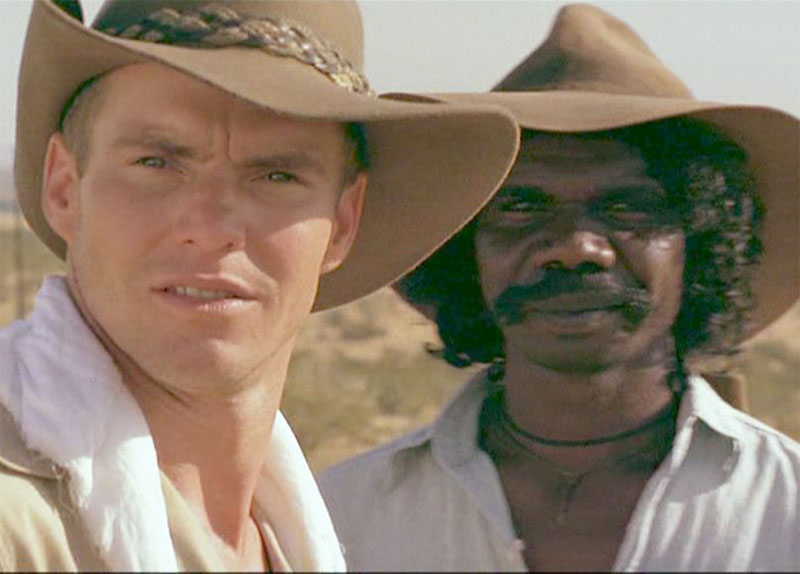
In 1996, I was re-introduced to the sound of the didjeridu by Ed Drury in Portland, Oregon. During his demonstration, I connected the sounds of Ed’s playing with the sound I had heard from The Right Stuff and it stirred something inside me. That same day, I went to the hardware store and crafted a didj out of PVC. A few weeks later I could circular breathe. A few months later, I was on a study abroad to Australia, determined to learn traditional didjeridu “from a wise old Aboriginal man”. It was foolish and naïve, yet strangely prophetic as well.
I met Melina Shirvanian in Sydney who owned Didj Beat in The Rocks area of Sydney Harbor. Didj Beat, in its day, was the premier didjeridu shop in the world. Melina and I became close friends through a mutual interest in the instrument. As a woman, she made strides to debunk the myth that didjeridu was a “men’s only” instrument. She made strides to provide quality instruments to the growing scene throughout the world. Her shop was a hub and focal point for the best players. One of the biggest problems surrounding the commercial side of didjeridu was maintaining a level of good, playable instruments and Melina made that her life’s work. Didj Beat was special.I heard the name Djalu Gurruwiwi from other didj players and through the internet as I continued to play and practice daily. After my first trip in 1996 to study, I fell in love with Australia and I had to learn more.
In 2001, I was invited to attend a Master Class at the Garma Festival. This was my first foray into the community. I had just begun my career as a filmmaker and some of the images from that first trip to Garma actually made it into the film. At that time, it was probably the height of didjeridu mania. In the late 90s, there seemed to be a lot of hype and myth surrounding the instrument. There were very limited resources for learning about traditional didjeridu music. Around that time, I had decided that I wanted to make a film about traditional and modern didjeridu, interviewing players and craftsmen, studying the various approaches and applications of the instrument. In hindsight, it was very under-developed as an approach. There was no story.
I remember my first experiences in Gove and at the Garma Festival, then later at Ski Beach with the Gurruwiwi family, were both a mixture of exhilaration and fear. I felt like a stranger in a strange land. At that time, I understood very little about Yolngu culture and I was primarily focused on learning about yirdaki only. It became apparent very quickly that unless I lived in the community for long periods of time, I was unlikely to ever approach playing traditional sounding yirdaki. Djalu and Milkay did their best to impart their technique during yirdaki master’s classes at the Garma fest, but it was too much for me. It requires a lifetime of playing to acquire that sound . . . if you’re Yolngu.
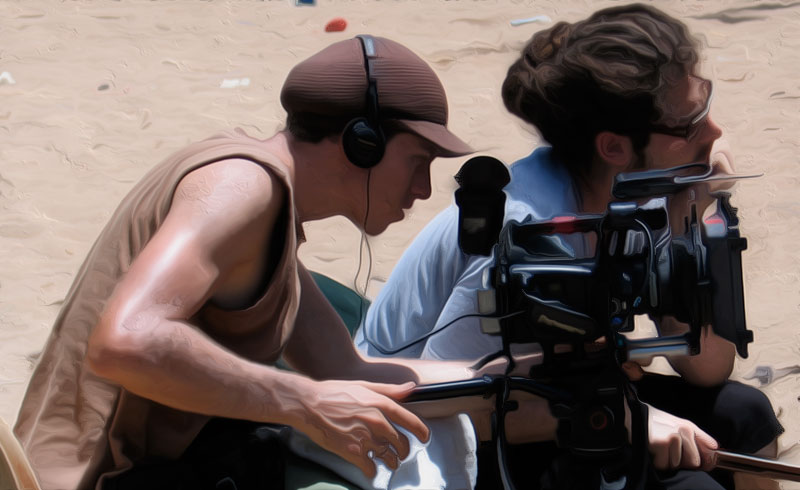
In 2002, August Thurmer, my friend and cinematographer, travelled with me to Sydney, Melbourne and then up to Arnhem Land to continue working on the original concept for the film. I was 27, I was still very green as a filmmaker, I was never trained as an anthropologist and quite suddenly, August and I found ourselves in the middle of Vernon’s (Djalu’s son) initiation ceremony, or dhapi.
I had never seen or heard anything like it. The energy was beyond intense. No one told us what was going on really, but we were encouraged to film over the course of several days. Djalu invited us into the circle when Vernon was circumcised. The sounds, the smells, and the blood made our heads spin. August and I were both were operating on pure instinct.
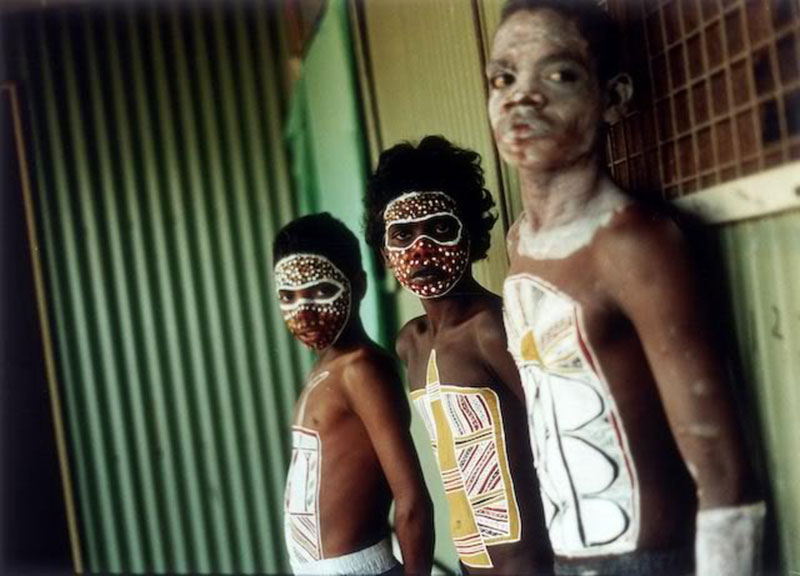
After that trip, I began to develop a feeling of incredible responsibility towards the family. I witnessed the beauty and generosity of Yolngu culture, but also the poverty and substance abuse that affects every member of every clan every day. Up until that point, I had been operating as somewhat of a “culture vulture”. Without knowing, I had come to Arnhem Land to learn the secrets of the didjeridu, then disseminate the information. My focus was myopic. During those two weeks in Arnhem Land, my eyes were opened to the reality of Yolngu life – one that is deeply complex and nuanced. I put the film down for several years and focused on finishing my Master’s of Fine Art in Film Production at the University of Southern California.
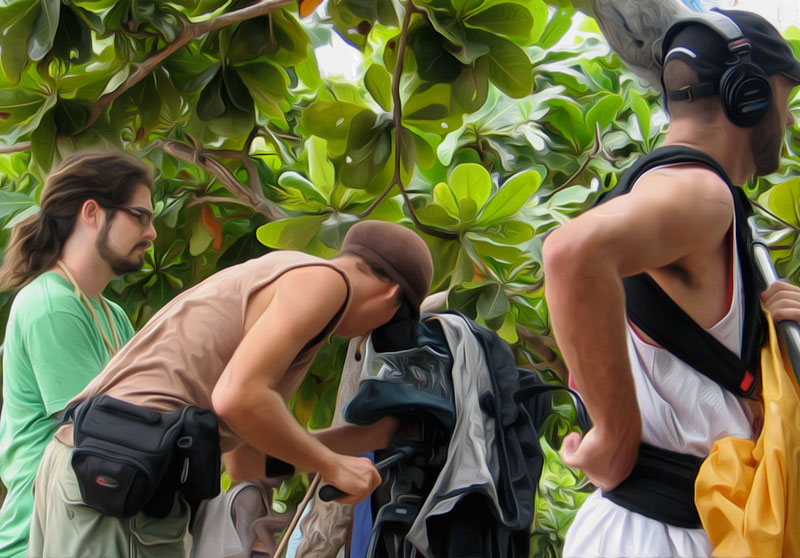
In 2006, my third trip to Arnhem Land, I gathered the resources to bring cinematographer August Thurmer and Kirk Sullivan, who recorded production sound. We stayed for close to six weeks, spending nearly every day with Djalu, Dhanggal, Dhopiya, Larry and Vernon. On this trip, we were somewhat more prepared for what to expect. We knew the family a little better, the focus of the film shifting to the struggles of Djalu and the family. Yirdaki was the backbone, not the subject. I knew what I wanted to shoot much more specifically, but quickly discovered that my “shot list” had little to do with the family’s daily operations. With documentary, and specifically with this project, the classic film adage “hurry up and wait” held true.

I was initially frustrated when we weren’t shooting, or shooting without a clear understanding of how the scene would fit into what I thought the story would be. My understanding of clan politics, Yolngu law, and customs, was still so limited at that point that I was constantly trying to adjust our approach, on top of just trying to understand the cultural dimension of what we were shooting. There are so many layers at work when working with Yolngu, so many opinions, so many clan voices to consider.
Additionally, the shooting conditions are challenging – sun, sand and humidity. The contrast of very dark skinned subjects against an impossibly bright sky requires tireless effort. Getting good clean audio with the mine and air conditioners buzzing, boom boxes blaring, people screaming, cars coming and going is next to impossible. As a director, you have to let go of your own sense of control.
Over the weeks and after several trips, I adapted a zen-like approach. Some days we got nothing. Other days, almost always unannounced, we witnessed (and filmed) pure magic. However, the time spent sitting with the family at Ski Beach, at Birritjimi (Wallaby Beach), at Rarrakala , at Gikal, drew us all closer together as human beings. We would not have gained access to the family’s stories and they would not have opened up to us as they did, had we not invested this time and energy, listening, laughing and sharing. It was authentic connection, rather than what could have turned into a sterile anthropological dissertation.

Looking back through the footage during editorial, I reflected on how guarded Dhanggal was during our first interview in 2000 under the big tree behind The Walkabout Lodge. I was a stranger and asked very polite questions. She answered me carefully and thoughtfully, as she always does. In hindsight, I knew nothing. During my last interview at Gikal in 2011, Dhanggal spoke to me like a friend, or a member of the family. I had earned her trust sufficiently where we could discuss the most intimate details of clan life. I am not sure, if the cameras were turned on me and I was asked the same questions, if I could be so honest in my responses.
I also learned how to read between the lines, when to back off. When to ask for more. The family obliged my requests time and time again. Often, they would set scenes up without us knowing. They would lead us to the spot, or casually mention that we’re now going to shoot this.

I have carried that sense of responsibility with me throughout this process. I have been entrusted with the modern and ancient stories of the family. We witnessed and filmed some absolutely wonderful and heartbreaking moments in their lives. Over the years, family members we considered close friends were murdered, committed suicide, or drank themselves to death. Babies grew into young adults, young adults grew into men and women. Outside the on-screen action, the lives we captured continue to live and breathe. This story never stops.
For me personally, In Between Songs transcends the film’s narrative and the world of the Yolngu Aboriginal culture presented. I set out to capture on film, the sacred sounds of traditional didjeridu music. But I discovered a much deeper story during the process – the hopes and fears of an indigenous family struggling to keep their ancient traditions alive within the constraints of the modern world.
My hope is that audiences will connect with indigenous culture, perhaps for the first time, and will understand why it’s so important to celebrate and preserve this heritage. Ultimately, I crafted the film to stimulate and awaken our own mystical natures. If we can see what we all share in common, perhaps we can learn to live together more peacefully and responsibly as interconnected world citizens. I hope that I have done right by the family, telling the story they want to be told. In nearly very way, In Between Songs was truly a “co-production.”

By Joshua Bell
Editor’s note: Guan was a donor to the Kickstarter fundraising campaign for In Between Songs and was advisor to Joshua Bell on the finer points of anthropology. He flew to Gove to be on set and to meet cast and crew in 2006 courtesy of Joshua Bell. iDIDJ Australia has no other financial, business or other affiliations with In Between Songs.
In Between Songs Facebook page: http://www.facebook.com/InBetweenSongsDocumentary
Twitter: http://instagram.com/rabjab
Website: http://www.joshuaabell.com

